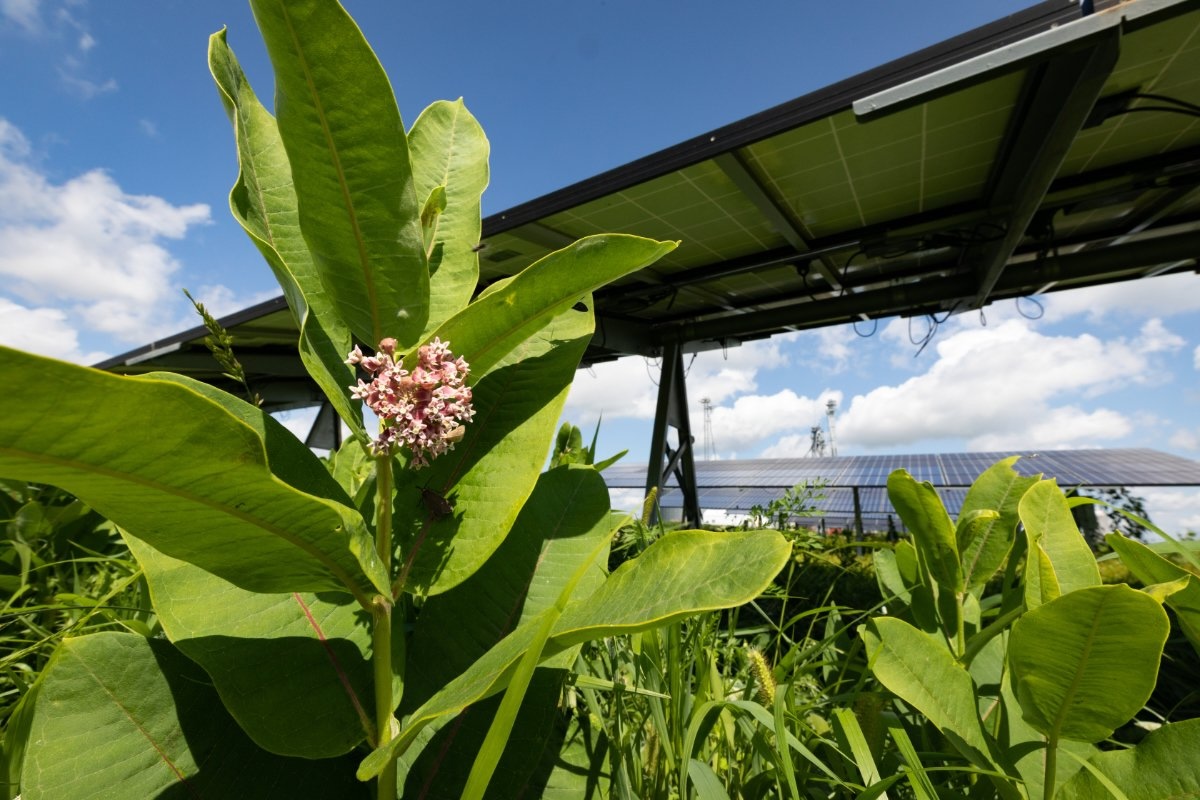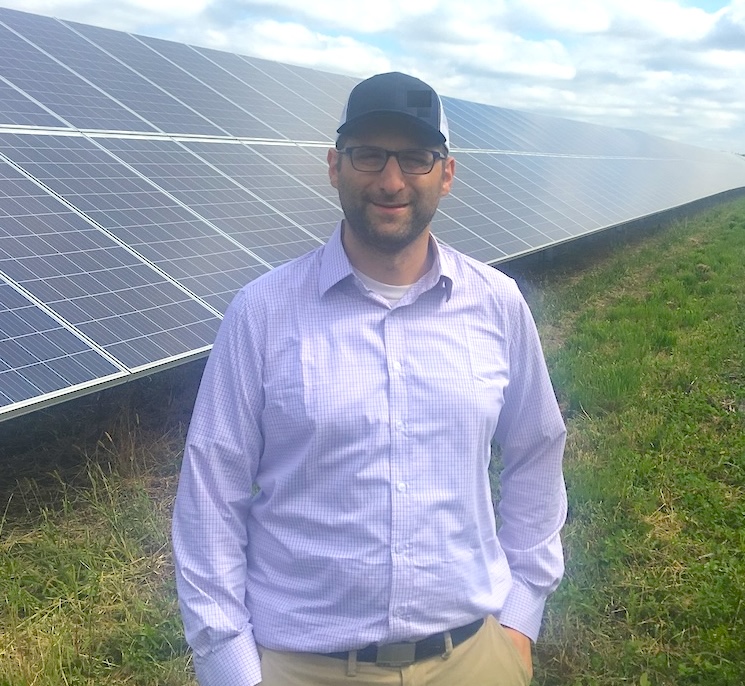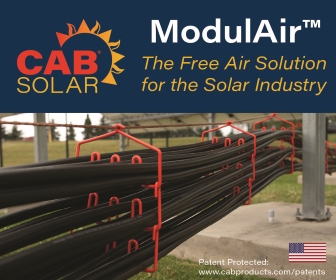Solar Gardens on Farmland: A financial breakthrough for farmers
When you spend most of your time talking to farmers and folks in rural America, the biggest thing you’ll learn is this: It is harder than ever to be a farmer. In a business with already razor thin margins, equipment and supplies have significantly increased in price due to inflation, while over supply has caused prices of crops to hit 5-year lows.
Not only is renewable energy greener, more efficient, and better for the world, the deals available to offer farmers for leasing their land for solar are significantly better than for farming that land — often equating to 3 to 5 times what they are making from farming the land themselves. In many instances, after the project is built, the farmer can even get paid additional amounts of money to take care of the land through grazing or other agricultural activities. Generally, the developer also pays for any tax increases and any type of maintenance of the panels.

Beyond income
The financial advantages of solar gardens are clear, but the benefits extend far beyond a paycheck. Solar gardens help promote clean energy by reducing reliance on fossil fuels and lowering greenhouse gas emissions. In addition, these distributed generation (DG) projects help provide localized power and increase reliability in the power grid.
Building solar often requires significant upgrades to the local lines and substations to handle the power that is now locally generated. This means that every time a distribution level solar project comes online, the grid becomes more reliable. Localized power also means fewer chances of a power outage from events that could be happening hundreds of miles away.
From an environmental perspective, solar gardens also contribute to the health of the land. Many projects incorporate environmentally friendly practices, such as planting pollinator-friendly vegetation around the solar panels. These plants support biodiversity and help maintain healthy soils, offering an ecological boost to the land while it's being used for energy generation. Alternatively, projects can incorporate agrivoltaics or agricultural activities under the panels, like grazing. Further, solar gardens help the land rest from the normal herbicides and pesticides used in traditional farming.
Farmers who lease their land for solar often find that it helps preserve the agricultural use of their property. By entering long-term leases with solar developers, they can avoid selling their land for commercial or residential development, ensuring that it remains productive for generations to come.
Dispelling myths
Unfortunately, local government meetings are full of people talking about how they believe that solar and other renewable energy sources are actually bad for the environment; that because of the manufacturing process of the panels, that solar isn’t really green. This couldn’t be further from the truth. While energy has historically been a dirty business, solar is incredibly clean. It’s good for the environment, good for the farmer, and good for the land. While it is clean compared to practically any type of other development, it is especially necessary when you review the alternatives.
Coal plants are by far the worst for the environment. An average coal plant produces more waste per day than a solar facility produces it in its entire lifetime. A 500 MW plant can produce around 500 tons of coal ash per day. It also produces an almost equal amount to that in carbon dioxide emissions, along with sulfur dioxide, nitrogen oxides, mercury, and other toxic chemicals.
Natural gas facilities are much better than coal, but for that same 500 MW of capacity, they produce over 250,000 metric tons of CO2 per year. They also leak methane gas, which can be dangerous. Natural gas explosions are significant concerns.
Nuclear power produces few emissions, but generates radioactive waste. Nuclear plants also pose significant risks, requiring evacuation plans of 50 to 100 miles should something go wrong. They are also expensive to build.
Solar produces no byproducts and has zero emissions. The panels last for 25 years, and are 80–90 percent recyclable. With costs of panels coming down, solar is significantly less expensive. Additionally, as more players enter the domestic supply chain and recycling markets, the solar industry with strengthen its circular ecosystem.
.jpg)
A bright future for farmers and communities
Solar gardens are reshaping the agricultural landscape, providing farmers with a steady, long-term income stream far beyond what they could traditionally earn from crops. In addition to the financial advantages, these solar projects promote renewable energy, reduce environmental impact, and contribute to local energy independence. They also help preserve farmland for future generations by ensuring that the land remains productive and profitable.
As more farmers explore the benefits of solar gardening, they are finding that it offers a new and exciting way to make the most of their land. In a time of increasing climate uncertainty and financial strain, solar gardens are a game-changer for farmers and their communities, providing both economic and environmental sustainability for the future.
 Scott Aaronson, JD is Attorney and CEO at Demeter Land Development, which works with farmers to lease land for community solar gardens.
Scott Aaronson, JD is Attorney and CEO at Demeter Land Development, which works with farmers to lease land for community solar gardens.
Demeter Land Development | demeter.land
Author: Scott Aaronson, JD
Volume: 2024 November/December









.jpg?r=5138)


